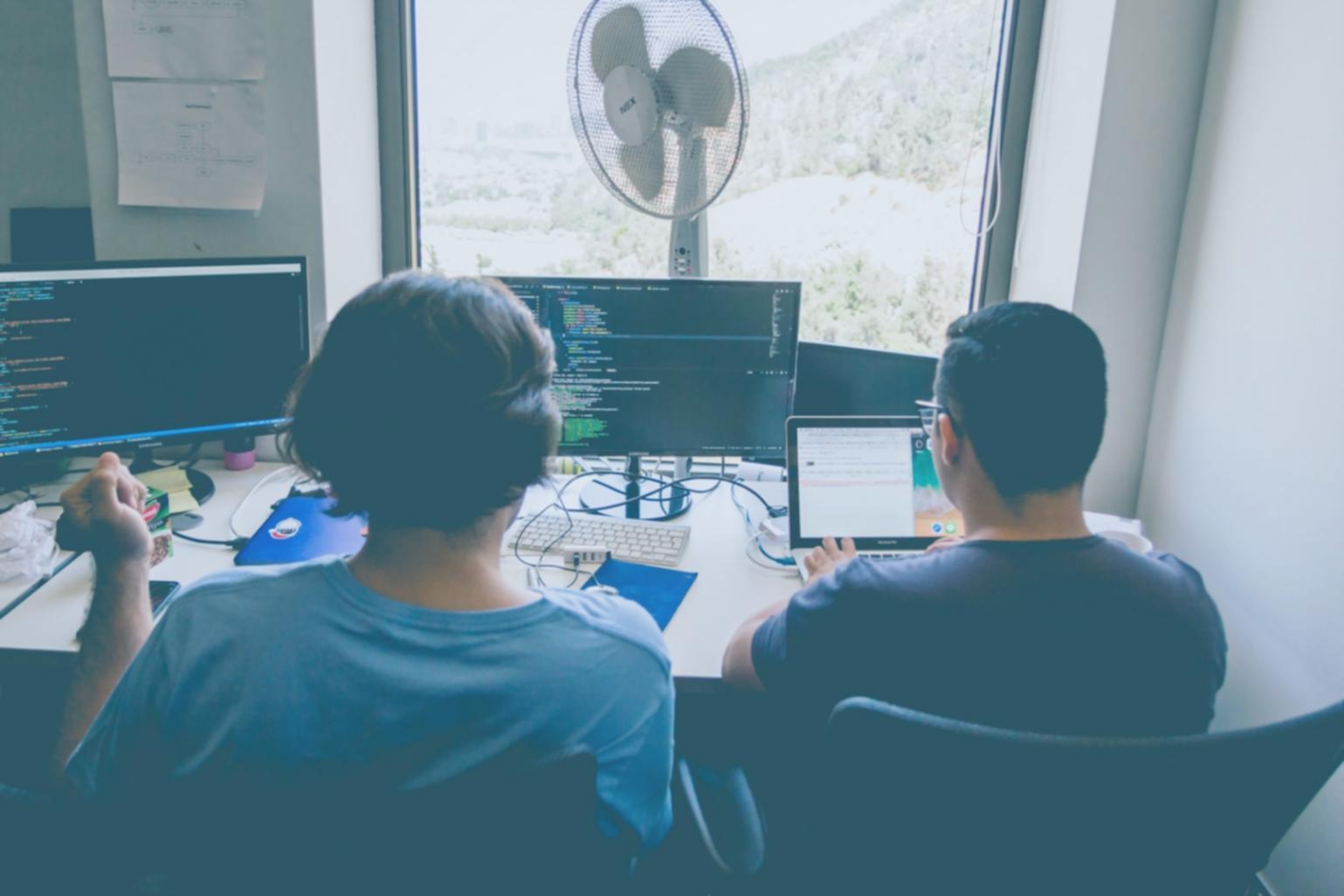Ready to Take Control of Your Finances?
Before diving into our comprehensive financial literacy program, let's make sure you're equipped with the right mindset, tools, and expectations for success.
View Learning ProgramAre You Financially Ready to Learn?
Starting a financial education journey isn't just about wanting better money habits. It requires honest self-reflection and commitment to changing long-held patterns.
Before you begin, consider where you currently stand. Many people jump into financial programs expecting overnight changes, but real financial literacy develops gradually through consistent practice and patience.
If these resonate with you, you're probably ready to begin this journey with realistic expectations.

Building Your Financial Learning Mindset
Success in personal finance education comes down to mindset more than mathematical ability. These mental shifts will determine your progress.
Focus on Progress
Small, consistent improvements compound over time. A 1% daily improvement in financial habits creates dramatic long-term results.
Embrace Data
Your feelings about money don't always match reality. Learning to read and trust financial data helps you make better decisions.
Accept Setbacks
Everyone makes financial mistakes. The key is learning from them quickly and adjusting your approach rather than giving up entirely.
Essential Tools You'll Need
Having the right tools makes financial management significantly easier. Here's what successful students typically use throughout their learning journey.

Darwen Blackridge
Program Coordinator
"I've seen hundreds of students succeed, and they all share one thing: they start with simple tools and stick with them consistently."
Budgeting Application
Choose any app that connects to your bank account and categorizes transactions automatically. Popular options include YNAB, Mint, or even a simple spreadsheet.
High-Yield Savings Account
Open a separate savings account with competitive interest rates. This becomes your practice ground for building emergency funds and short-term savings goals.
Financial Calendar
Create a dedicated calendar for bill due dates, investment contributions, and financial review sessions. This prevents missed payments and builds consistent habits.
Your Learning Journey Starts September 2025
Our next comprehensive financial literacy program begins in autumn 2025, giving you several months to prepare properly. This timeline allows you to establish good habits before formal learning begins.
February - March
Begin expense tracking and familiarize yourself with basic budgeting concepts
April - June
Establish emergency savings habit and reduce unnecessary spending categories
July - August
Research investment basics and prepare for comprehensive program enrollment
September
Join our structured program with solid financial habits already in place